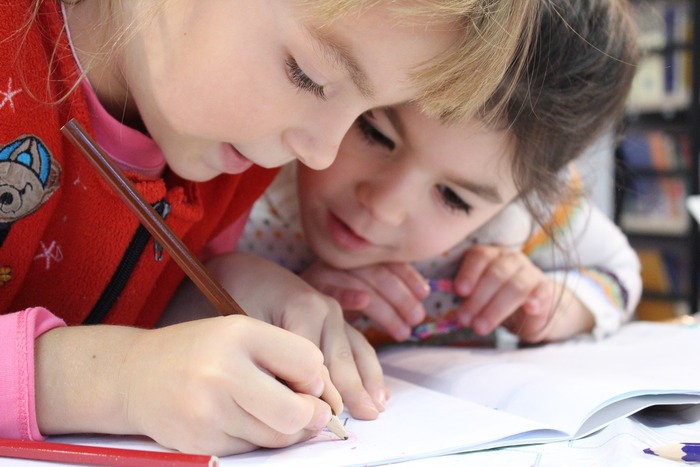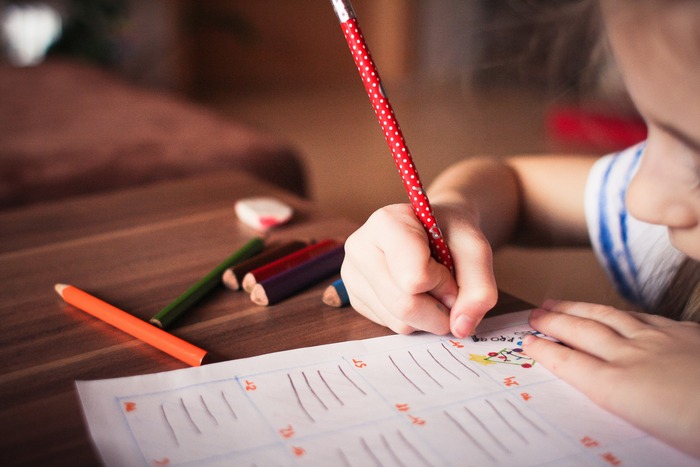Handwriting is a fundamental skill that lays the groundwork for a child’s academic success. Developing legible handwriting is not only important for clear communication but also for cognitive development and fine motor skills.
Kindergarten is a crucial stage where children are introduced to the world of writing, which makes it the perfect time to start using handwriting worksheets as a tool to enhance their skills. In this article, we will delve into the basics of handwriting worksheets, how to introduce kids to them, and provide a detailed guide on how to create handwriting worksheets specifically designed for kindergarten students.
The Basics of Handwriting Worksheets
Handwriting worksheets are educational tools designed to help children practice forming letters, words, and sentences. They offer a structured approach to handwriting practice, promoting consistency and proper letter formation. They come in various forms, from basic letter tracing sheets to more complex exercises that gradually advance children’s writing abilities. Effective handwriting practice sheets focus on the following aspects:
- Letter Formation: Worksheets guide children through the correct way to form each letter of the alphabet. This includes starting points, directional strokes, and connections between letters.
- Line Placement: Worksheets typically feature dashed lines that aid children in maintaining consistent letter size and alignment. These lines help kids understand the concept of upper and lower case letters.
- Spacing: Proper spacing between words is crucial for legibility. Worksheets often incorporate spacing guidelines to instill this concept from an early stage.
- Practice Variety: The practice sheets may include a combination of tracing, freehand writing, and copying sentences. This variety keeps children engaged and hones different aspects of their handwriting skills.
Introducing Handwriting Worksheets to Kindergarten Level
Introducing such exercises to kindergarten students requires a gradual and patient approach. Keep in mind that each child progresses at their own pace. Here are some steps to consider when introducing handwriting practice to kids at this level:
- Pre-Writing Activities: Before diving into worksheets, engage children in activities that develop fine motor skills. Activities such as coloring, cutting, and playing with clay or Play-Doh can help children strengthen their hand muscles and improve hand-eye coordination.
- Letter Recognition: Begin by teaching children the alphabet using visual aids like flashcards, alphabet charts, and interactive games. Associating letters with sounds and simple words can enhance their understanding.
- Tracing Exercises: Start with basic tracing exercises that involve straight lines, curves, and simple shapes. Gradually introduce letter tracing using dotted lines to show proper letter formation.
- Interactive Worksheets: Utilize interactive worksheets on tablets or computers. These can provide immediate feedback, making the learning process engaging and rewarding.
- Positive Reinforcement: Encourage children with positive reinforcement and praise as they make progress. A positive attitude towards learning enhances their motivation and confidence.
Creating Handwriting Worksheets for Kindergarten Children
Crafting effective handwriting worksheets for kindergarten involves a blend of creativity and educational insight. Here’s a step-by-step guide to creating these worksheets:
- Choose a Theme: Select a theme that resonates with kindergarten students, such as animals, nature, or familiar objects. A visually appealing theme can capture their interest.
- Decide on Content: Determine the content of your worksheets. For beginners, focus on individual letters and their corresponding sounds. As children advance, you can introduce sight words and simple sentences.
- Layout Design: Create a clean and organized layout. Use bold, easy-to-read fonts and ensure proper spacing between letters and lines. Incorporate dashed lines for tracing and writing.
- Letter Introduction: Introduce each letter gradually. Include uppercase and lowercase versions, along with a visual representation of an object or word starting with that letter.
- Tracing and Writing Sections: Divide the worksheet into sections for tracing and freehand writing. Start with guided tracing and gradually transition to independent writing exercises.
- Engaging Activities: Incorporate engaging activities like coloring the object that corresponds to the letter, circling the correct letter among options, or matching uppercase and lowercase letters.
- Gradual Complexity: As children become comfortable with individual letters, introduce simple words and sentences. Ensure that the complexity aligns with their developmental stage.
- Feedback and Review: Include a space for teachers or parents to provide feedback and review the child’s progress. Constructive feedback reinforces learning.
- Variety and Repetition: Create a series of worksheets that progressively advance in difficulty. Repetition is essential for mastery, so include similar exercises in different contexts.
Conclusion
Handwriting worksheets are invaluable tools in developing fundamental skills for kindergarten students. With careful planning, a creative approach, and an understanding of developmental stages, these worksheets can be instrumental in shaping children’s handwriting abilities.
The journey from pre-writing activities to mastering letters and eventually forming words and sentences is a crucial step in their educational growth. Educators, parents, and caregivers can foster a positive attitude toward handwriting through engaging and well-designed worksheets and set the stage for a lifetime of effective communication and learning.


